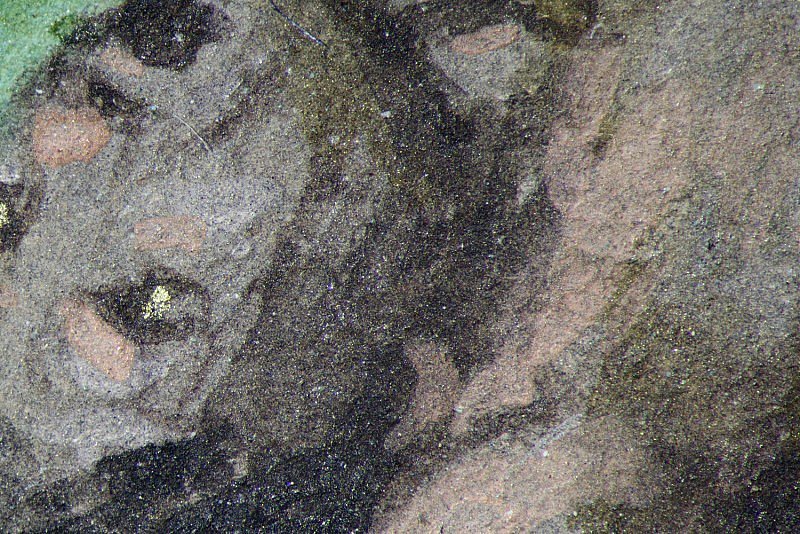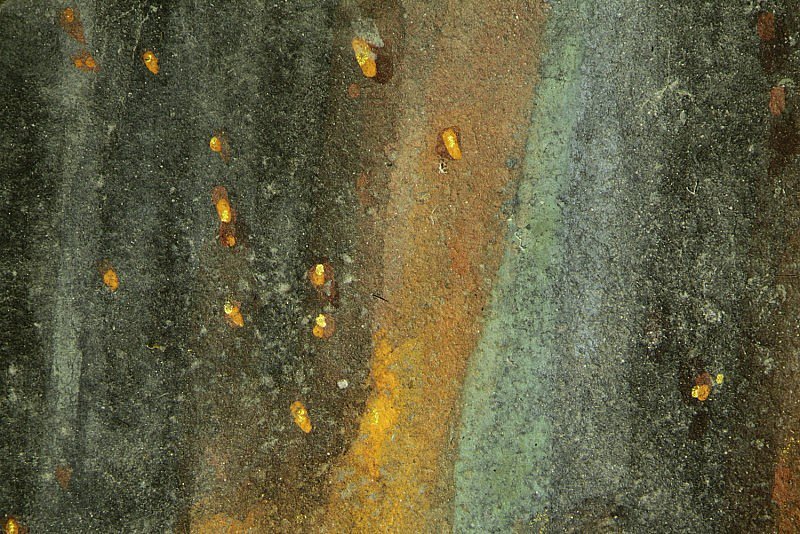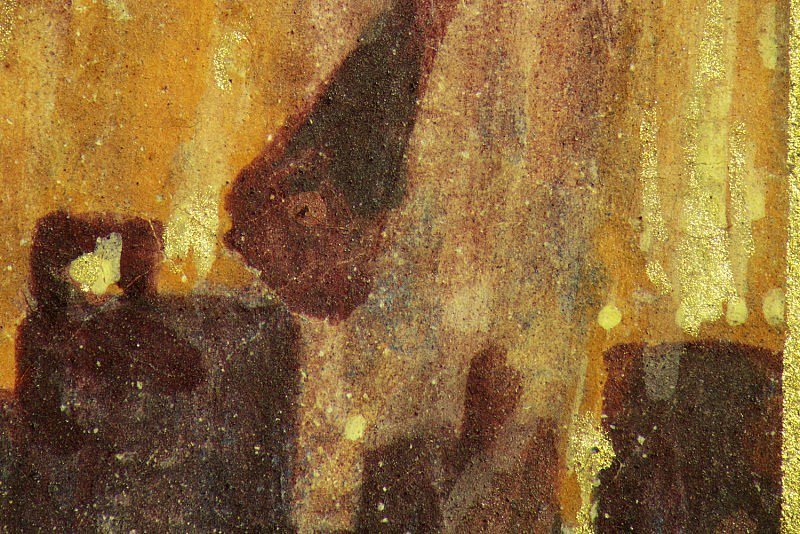Simon Bening
Artists
Born in Ghent, Simon Bening learned his craft from his father, the painter Alexander Bening. In 1500, Simon Bening moved to Bruges where he built a highly successful career. A versatile artist, Bening painted portable altarpieces on parchment as well as oil paintings on wooden panels. He was especially admired for his subtle use of light, colour and texture to create atmospheric landscapes and charming interiors. By extending the miniatures into the borders, and including subsidiary scenes, he added to the conceptual and visual complexity of the images. Enclosed within illusionistic picture frames, the miniatures function as small devotional panels. These leaves demonstrate Bening’s facility with pictorial narrative and illusionism as well as his creative adaptation of a wide range of models by the leading illuminators, painters and printmakers of the preceding generation, including the Vienna Master of Mary of Burgundy, Jan van Eyck, Gerard David, Martin Schongauer and Albrecht Dürer.



Last Judgement
On a bright, green hillside, Saint Peter welcomes the Saved into Paradise, while the Damned, writhing in a pit of darkness, are consigned to Hell (hotspot 1). A most sophisticated palette was employed for the depiction of Hell. The central part of the miniature combines red lead, indigo, azurite, lead white, most likely a mineral copper green, and probably carbon black, lead-tin yellow and yellow ochre, accentuated with sparks of shell gold (hotspot 2). The flames in the side borders also contain an organic red yielding a deep pink colour, while lead-tin yellow provides the bright flashes of demonic, infernal light (hotspot 3). The Damned are represented as melancholics - their dark, grey-brown skin burnt by the fires of Hell contrasts with the flesh of the Saved who are painted in naturalistic tints. In the lower border, an energetic troop of angels, clad in white and wielding swords, prevents the Damned, including high-ranking ecclesiastics, from escaping their fate. These figures derive from Albrecht Dürer’s Apocalypse-inspired woodcut, The Massacre by the Four Angels, made c. 1498.